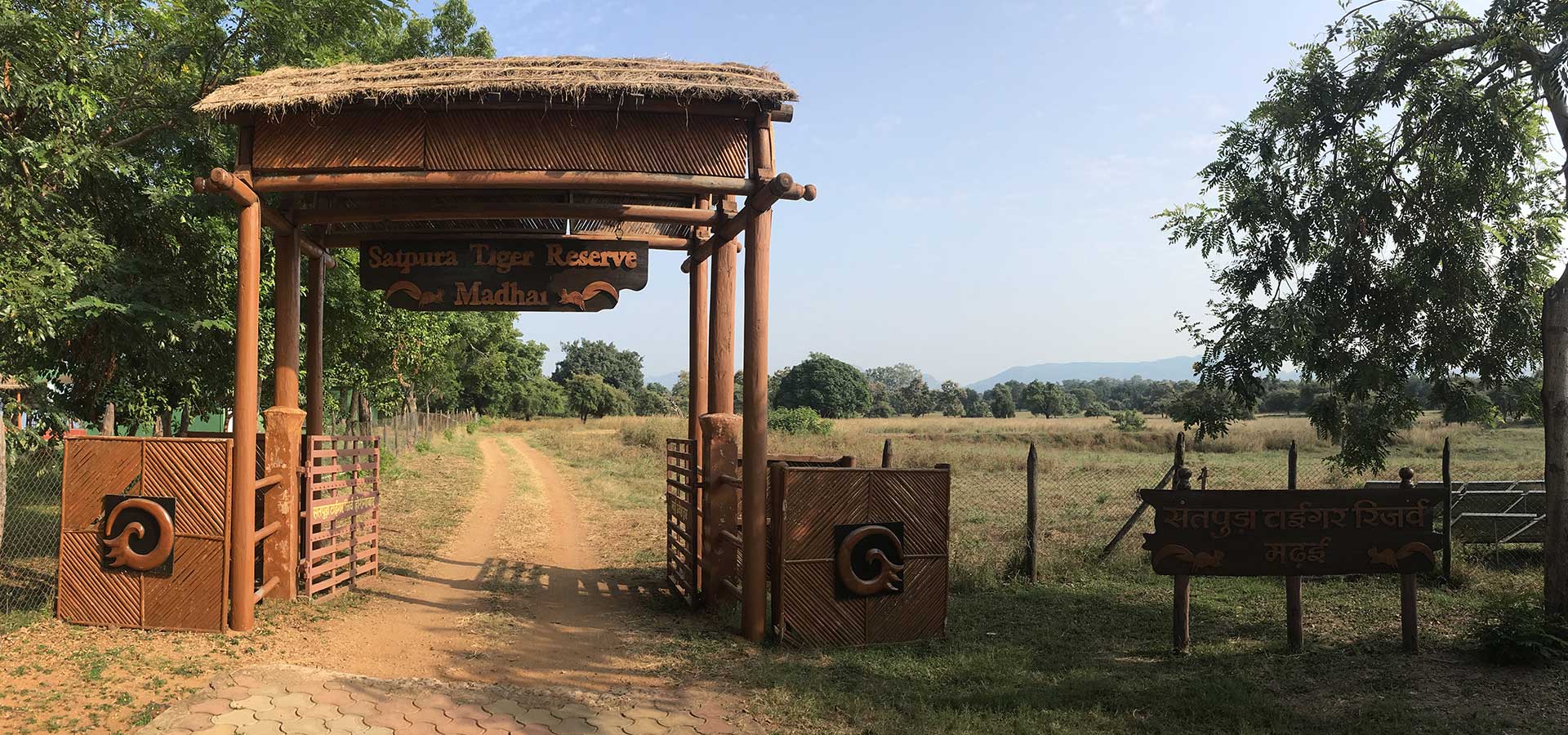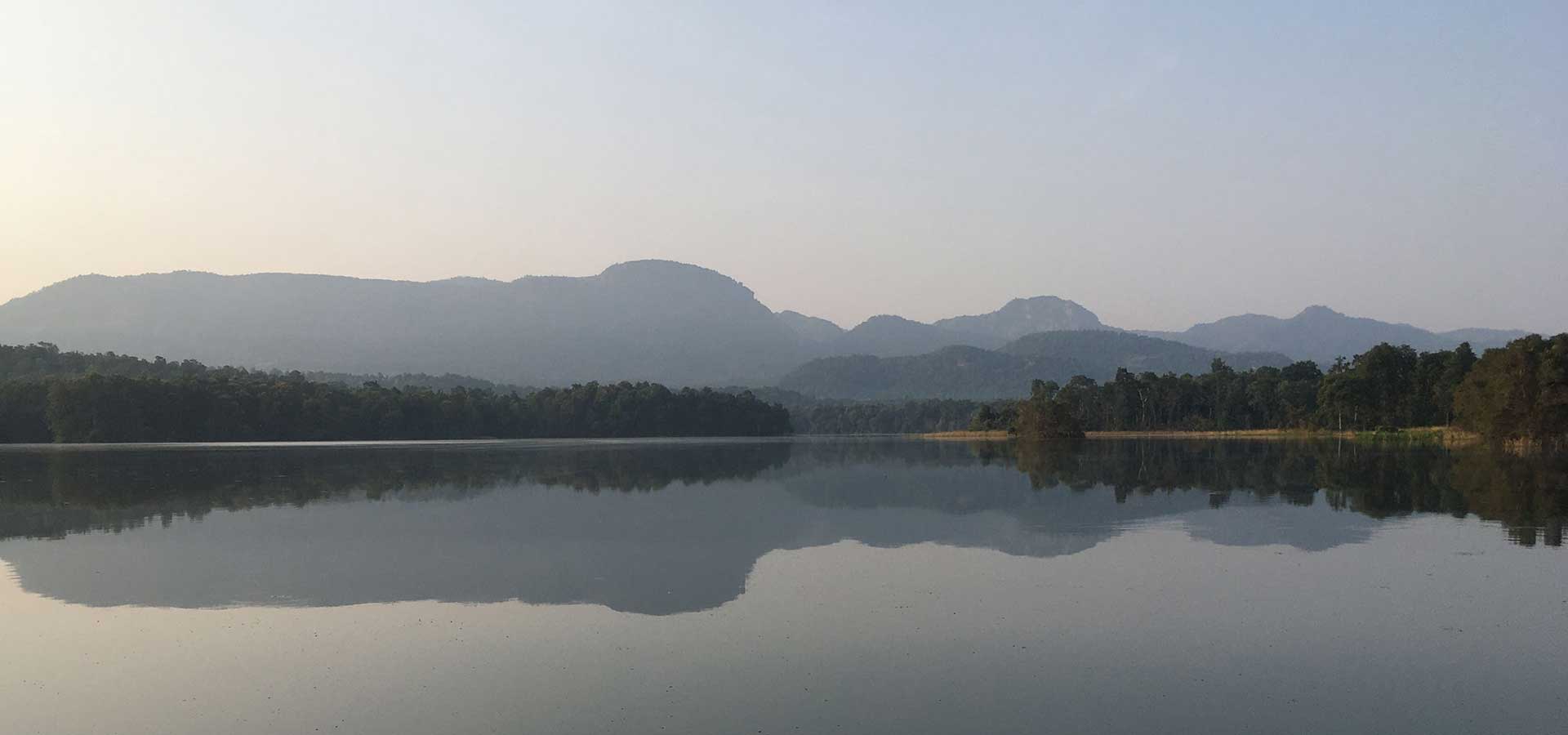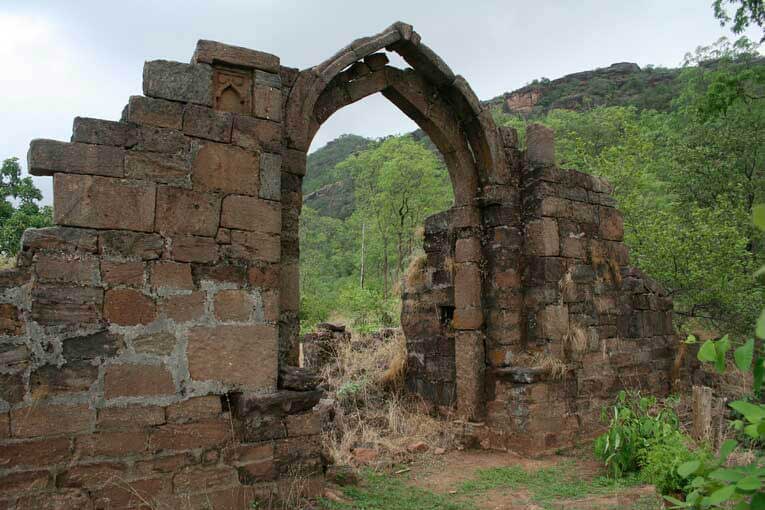

Satpura National Park
The most exciting Wildlife Destination in Central India
Man seeks solace under the dew-laden boughs of mighty trees, having been drained of life among a throng of people astir living in busy settlements of buzzing activity. A disconnect from the mundane can be easily sought among the canopies of Satpura National Park.
'The Range of Seven Mountains', literally translated, Satpura's peaks have flickered among the clouds since long before the birth of the famous Himalayas. Having lived such a long span in the life of our planet, the Satpura National Park promises an escapade in one of the furthest reaches of wilderness. The park boasts of over 250 species of birds, diverse flora and an opportunity to witness aquatic and terrestrial life flourishing in harmony, owing to numerous rivers flushing the land. The park also possesses some of the oldest caves and rock paintings in Madhya Pradesh.
Stretching from the borders of Gujarat in the west to as far as Chhattisgarh in the east, the Satpura Mountain Range flanks the western borders of Madhya Pradesh, encompassing a great chunk of land in the terrain diversity of deciduous forests, valleys, ravines, grasslands, cliffs and caves to boot. The Satpura Tiger Reserve, unlike any other, is almost islanded by the evergreen Tawa and Denwa rivers on three sides. Some of the more quaint and removed haunts inside the sanctuary of Satpura's jungles can be reached from the Madhai Gate. Mountains - tall and proud, unmoving, reliable; forests - passive and calm, nurturing, encouraging: Satpura National Park possesses both.

Satpura is the name of the highland mountain range of central India that stretches from the eastern limits of Gujarat to edges of Chhattisgarh in the west. It is a Sanskrit word that means “Seven Mountains”. The Satpura range runs parallel to the Vindhyachal range towards its north; between the valley formed by these two ranges flows the Narmada river.
These mountains were formed as a result of a horst event between tectonic plates in the north and southwest, creating the Satpura and Vindhyachal mountain ranges parallel to each other with a rift between them. Satpuras are the highest mountain ranges in Central India. Covered by dense forest cover, they are home to more wild life species than any other forest in the country. This includes the tiger, the giant Indian bison, sambhar, spotted deer, blackbucks, sloth bear, wild boars, wild dogs, gazelles, chinkara, barking deer, giant squirrels, flying squirrels, crocodiles, several species of dangerours snakes, scorpions, and many many species of butterflies and birds. The Satpura Tiger Reserve which occupies a major portion of these forests and mountains is surrounded on two sides by the beautiful and vast backwaters of the Tawa dam. Its major rivers Tawa, Denwa, Malini, Bori, Sonbhadra and Nagdwari are flooded with these backwaters and are home to thousands of rare migratory birds from far off corners of the world.

Reputed to be older than the Himalayas, its for this reason that humans have inhabited them since times immemorial. Satpuras are not just a forest, but hold centuries of mysteries yet undiscovered, folklore and stories yet untold.
Among them is the story of the King & hero of the Satpura, Raja Bhabhut Singh, who along with his men died fighting for these forests against the British forces in the first Indian war of independence in 1857. It was after this that the British vacated the tribals of their lands in the mountains & declared Bori Sanctuary (that forms a part of these forests) as the first reserve forest in India in the name of conservation but started using these forests as a supply zone to supply teak wood to the colonial establishment.
They took over the Pachmarhi plateau, which was a large settlement then & converted it into a cantonment. They also named Captain James Forsyth of the British army as the man who discovered Pachmarhi. But even this could not eliminate the memories of the revolution and the truth survived the winds of time to become a legend of bravery and sacrifice today. Hundreds of rock paintings, cave temples and structures stand testimony to the rich times of the tribal empire in these forests till date.
To these and other efforts is credited the fact that madhai is one of the best protected wildlife areas not only in India but also in the whole world. This area is archaeologically and anthropologically very important, there being more than 100 rock shelters with beautiful paintings dating from 3000 to 10,000 years old, which facilitate studies of human evolutionary history. A great deal can be learnt from these paintings, which are among the finest examples of rock paintings in India. They depict battles, ceremonies, processions, hunts, group dancing, honey collection, fishing and numerous other daily activities.
